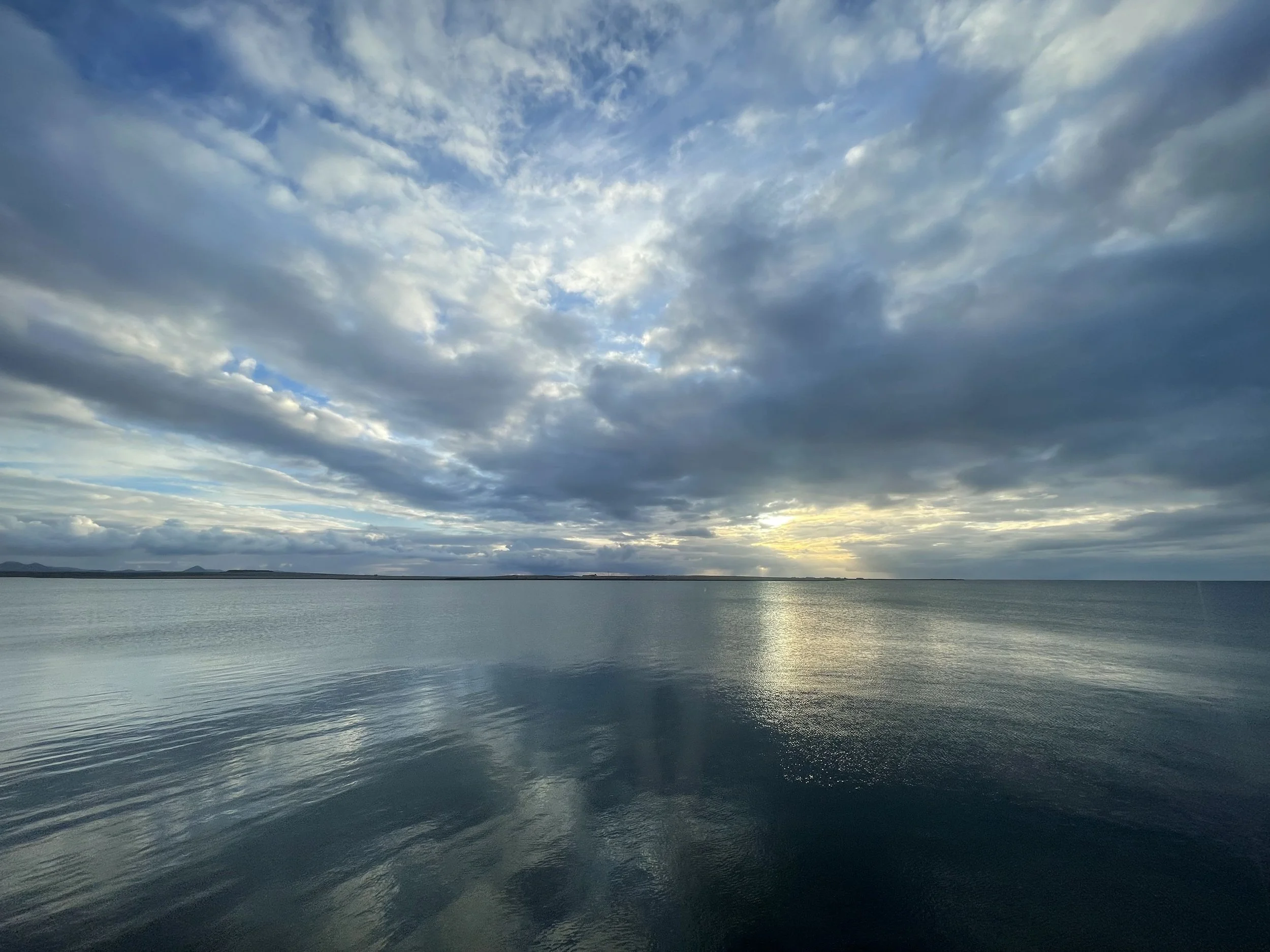Rio+ 20: After the Speeches, the Work Begins
Confronting ‘the Other’ in Your Own Community
Evangelicals and Interreligious Dialogue: the Next Generation
Opening Many Doors to the Spirit
Where the Anti-Muslim Path Leads
“If I were Muslim, I’d kill myself.”
No, that’s not what was said. It was: “If I looked like him, I’d kill myself.”
The speaker was my favorite uncle, commenting on an overweight man, across a hotel pool. Considering how much self-talk I had engaged in to convince myself to be seen in a swimsuit, visiting my California relatives, I absorbed this pronouncement in shame and silence, trying desperately to hold onto shreds of self-worth.
How to Survive Well with Religious Diversity
One Muslim’s Interfaith Resolutions
Rebranding Interfaith
Charles Bonney and the Idea for a World Parliament of Religions
Bridge-building – the Hard Lessons
June 2012 Resources
NAINConnect 2012 Comes to Atlanta Next Month
“Interfaith 3.0” from the Outside
Getting To Know You
Why Interfaith Understanding Is More Important Than Ever in Leadership
NewGround Interfaith Engagement Model Reaches Egypt
NewGround began in 2006 as a response to the climate of tension and mistrust between Jews and Muslims in Los Angeles. It was established to create a national model for healthy relations, productive engagement and social change between American Muslims and Jews.
Talking with Tomorrow’s Peacemakers
We live in a violent world filled with conflict, and we always have. But every member of every generation has a responsibility to our world, each in our own way, to lessen the unhappiness that reigns on this planet. Our generation, like the ones before it, will grow up and lead the world. It is essential that tomorrow’s leaders, trying to fix our world’s problems, are empathetic, understanding not only their own people’s suffering, but the suffering of those on the ‘other side’ as well.
Interfaith and Peace, Social Justice, and Respect for the Earth
“War no more.” That was the hope that inspired Charles Bonney as he explained in his opening address to the 1893 World’s Parliament of Religions. Bonney believed that a major cause of conflict was “because the religious faiths of the world have most seriously misunderstood and misjudged each other.”i One hundred years later, Hans Küng declared that there would be “No peace in the world without peace between religions.”ii





